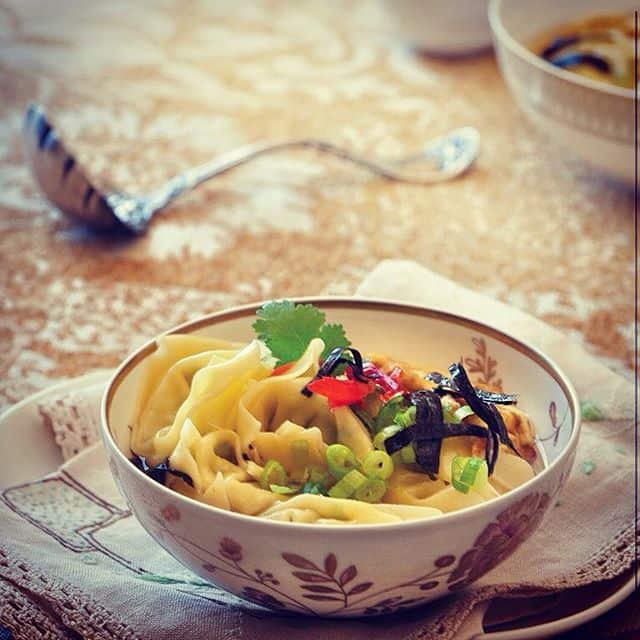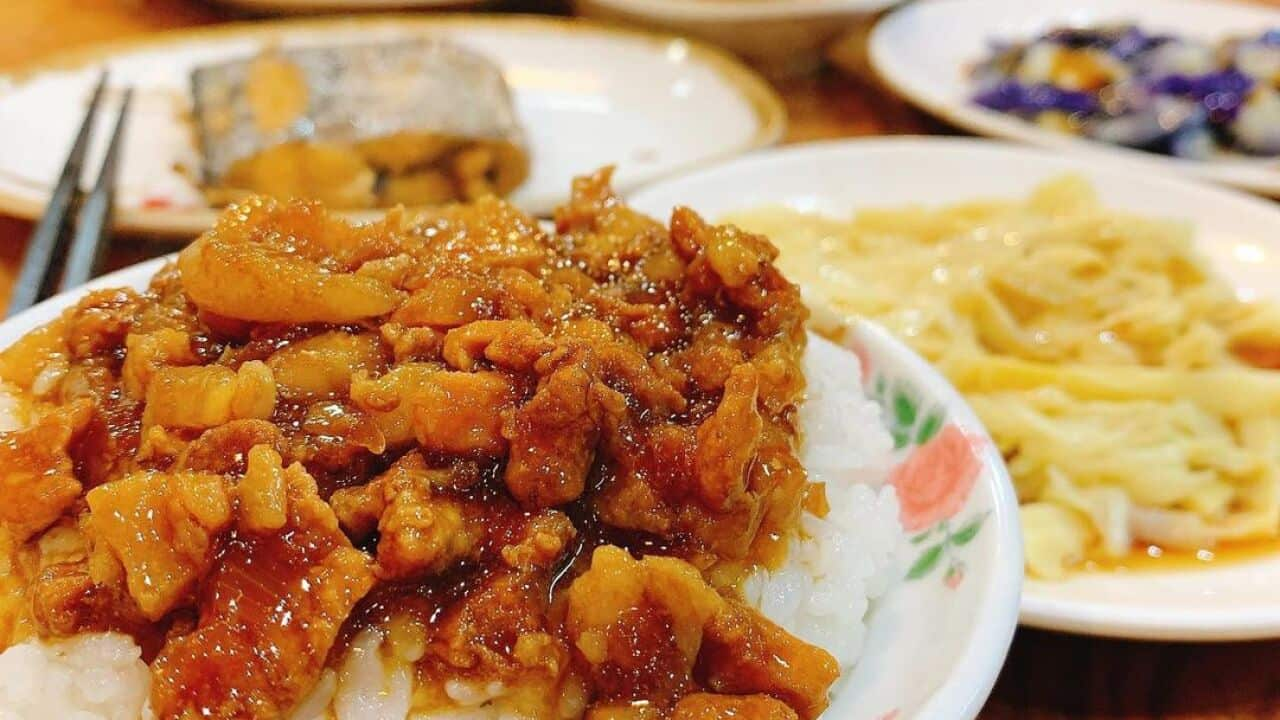A conversation I have with my family at the dinner table often leads to this one question: If you could only eat rice or noodles for the rest of your life, what would you choose?
I confess; I come from a serious, albeit strange, food-driven family. I'm sure if you also come from such family, you ask similar questions at the dinner table too, but I do hope your family don't argue much and more importantly, that your mum doesn't go back to the kitchen to prove a point.
My family, with ancestors stemming from Northern China, are in fact neither rice nor noodles folk. We affectionately choose dumplings over any other carbohydrate. My grandfather had a knack (or obsession, whatever you call it) for , which ultimately led him to leave Taiwan for the sunny shores of California to open up a dumpling shop in the early 1970s.  However, being someone who doesn't like to sit on the fence when it comes to a good food debate, I'd say I'm a noodles person — simply because the method to make dumpling dough is the same as that to make noodles (give or take the temperature of the water and the addition of oil or eggs, depending on what part of China your family comes from).
However, being someone who doesn't like to sit on the fence when it comes to a good food debate, I'd say I'm a noodles person — simply because the method to make dumpling dough is the same as that to make noodles (give or take the temperature of the water and the addition of oil or eggs, depending on what part of China your family comes from).

Dumpling is the food that sums up the career of my grandpa, aka a great cook. Source: Michelle Tchea
Noodles in China and other parts of Asia come in different shapes and sizes. However, they're not all created equal and the type determines what sauce or broth with which you serve it.
Taiwanese braised beef noodle soup involves medium-sized flat noodles, whereas China's dan dan mein often involves slimmer ones for some serious slurping action.
BEEF AND NOODLE BOWL

Braised beef noodle soup
When I was a kid, mum rarely made noodles from scratch because decent, dried noodles were accessible in Australia. Mum was also not a theatrical cook. We are a very serious food family; we don't flambé crepes at the table for show. Mum never pulls noodles like chefs who look like dough magicians on YouTube.
However, she made one particular noodle dish during our childhood: mao er duo or 貓耳朵. Loosely translated as cat's ears, these noodles are unlike any other you've seen in your local Chinese takeout joint. They're flat, thick and often misshaped, resembling what the Chinese think of a cat's ears. They should also be slightly al dente.
Loosely translated as cat's ears, these noodles are unlike any other you've seen in your local Chinese takeout joint.
My mum and many homecooks love cat's ear noodles because they're simple to make. All you need is water and flour. Mix into a tight ball of dough and there you have what is also known as Asian 'spaetzle'.
Mum only ever made cat's ear noodles when dad was at work because the noodles are very thick – my dad is a thin-noodle man, you see.
So, it was an indulgence to eat this dish with her daughters, something her mum did with her kids too. The beauty of cat's ear noodles is that my mum never made the dough on purpose. Rather, they were often eaten on the day after my mum made dumplings, since she used leftover dumpling dough to make them.
After storing the dumpling dough in plastic wrap and placing it in the fridge, mum would the next day rip what had become elastic dough into bite-sized pieces before dropping them into boiling water. Then she'd cook the dough until the pieces floated. After that, she'd drain the pot and add them to stir-fried Chinese vegetables or an egg and tomato dish. Sometimes, she'd even ladle leftover beef noodle soup on top for a comforting meal for very little effort.
A FOOD LOVE LETTER

Dear tomato and egg dish, I love you
To this day my mum and her sisters still make cat's ear noodles when a sandwich just won't do for lunch and after 40 years of marriage, my dad has finally admitted to liking them too. Victory!
MORE BY MICHELLE TCHEA

Starting my day with a Taiwanese breakfast sandwich













